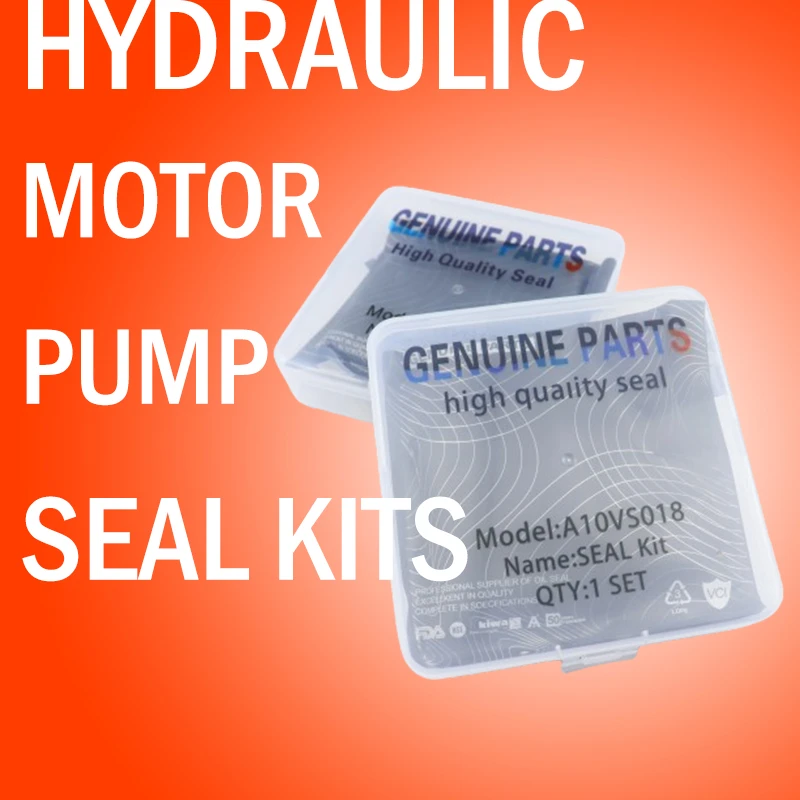Sep . 21, 2024 20:35 Back to list
hydraulic seal
Understanding Hydraulic Seals A Critical Component in Fluid Power Systems
Hydraulic seals are essential components in hydraulic systems, ensuring the efficient operation and longevity of machinery and equipment. These seals play a crucial role in preventing fluid leaks, thereby maintaining system pressure and efficiency. With a wide variety of types and applications, understanding hydraulic seals is fundamental for anyone involved in fluid power technology.
At their core, hydraulic seals function as barriers to prevent the escape of hydraulic fluid or the ingress of contaminants. This sealing capability is vital for the operation of hydraulic cylinders, pumps, valves, and other components. The most common types of hydraulic seals include O-rings, rod seals, piston seals, and wiper seals, each designed for specific functions and environments.
O-rings are perhaps the most widely recognized type of hydraulic seal. They are circular elastomeric rings that fit into grooves and effectively seal the interface between two components. O-rings are versatile and can be used in various applications, depending on the material chosen, which can range from rubber to specialized compounds resistant to heat and chemicals.
Rod seals are another critical type, designed to prevent fluid leakage around the rod of a hydraulic cylinder as it extends and retracts. These seals typically have a dynamic profile that accommodates the movement of the rod while maintaining a tight seal. The quality of the rod seal is crucial, as even a small leak can compromise the system's efficiency and lead to increased wear on other components.
hydraulic seal

Piston seals, on the other hand, are used to seal the interface between the piston and the cylinder barrel within a hydraulic actuator. These seals are designed to manage high pressure and provide minimal friction during operation, which is essential for maintaining the system's energy efficiency. The performance of piston seals is influenced by factors such as the seal material, shape, and the operating environment.
Wiper seals serve a different but equally important function. They are installed at the external end of hydraulic cylinders to prevent dirt, dust, and other contaminants from entering the system as the rod extends or retracts. By keeping the hydraulic system clean, wiper seals help extend the life of the internal seals and other components.
The selection of appropriate hydraulic seals is critical to the overall performance and reliability of hydraulic systems. Factors such as operating pressure, temperature, fluid compatibility, and environmental conditions must be considered to choose the right seal material and design. Advanced materials such as fluoropolymers and polyurethane are sometimes used to enhance the performance of seals in demanding applications where traditional materials may fail.
In conclusion, hydraulic seals are indispensable components in fluid power systems. Understanding their types, functions, and applications is essential for ensuring the efficiency and reliability of hydraulic machinery. By investing in high-quality seals and proper maintenance, operators can significantly reduce downtime, enhance performance, and prolong the lifespan of their hydraulic systems. As technology advances, the evolution of hydraulic seals will continue to play a pivotal role in the advancement of fluid power engineering.
-
TCN Oil Seal Metal Ring Reinforcement for Heavy Machinery
NewsJul.25,2025
-
Rotary Lip Seal Spring-Loaded Design for High-Speed Applications
NewsJul.25,2025
-
Hydraulic Cylinder Seals Polyurethane Material for High-Impact Jobs
NewsJul.25,2025
-
High Pressure Oil Seal Polyurethane Coating Wear Resistance
NewsJul.25,2025
-
Dust Proof Seal Double Lip Design for Construction Equipment
NewsJul.25,2025
-
Hub Seal Polyurethane Wear Resistance in Agricultural Vehicles
NewsJul.25,2025
-
The Trans-formative Journey of Wheel Hub Oil Seals
NewsJun.06,2025
Products categories
















